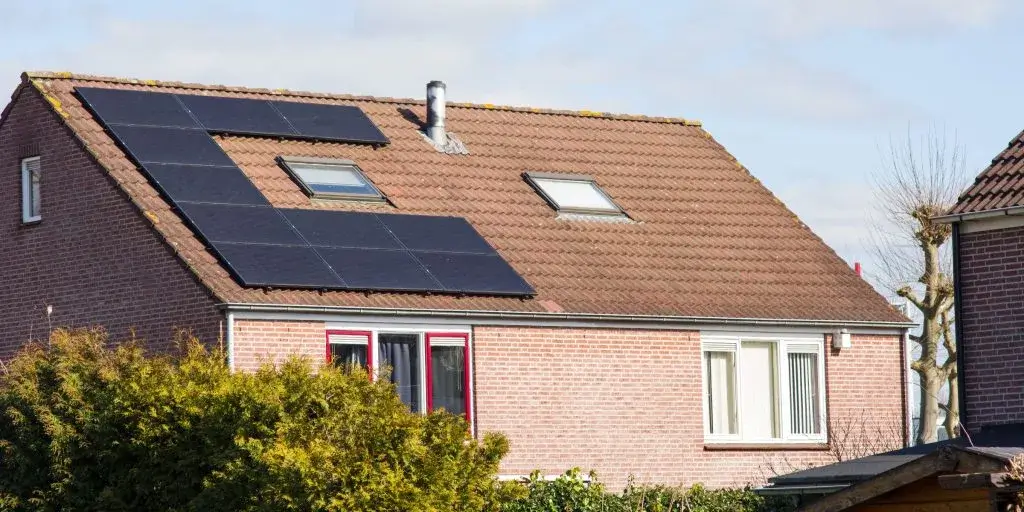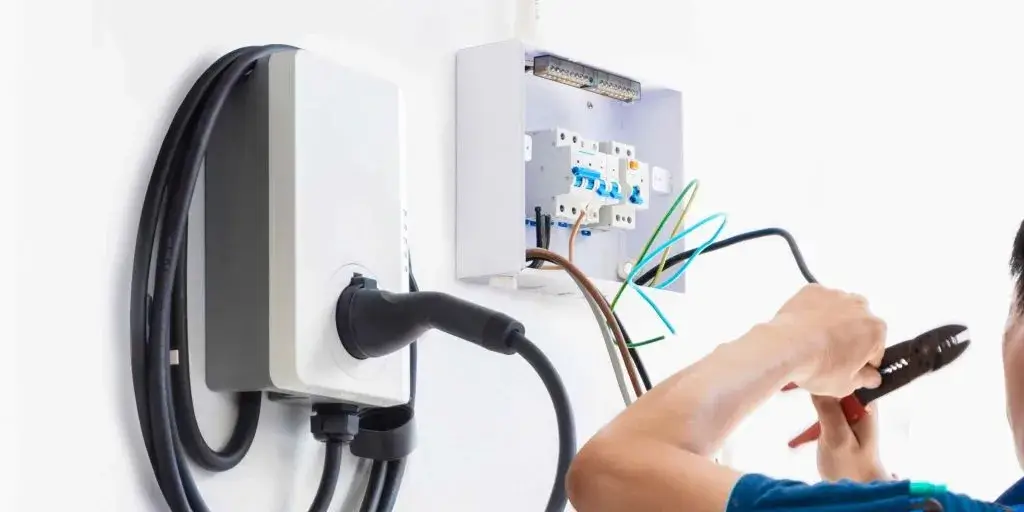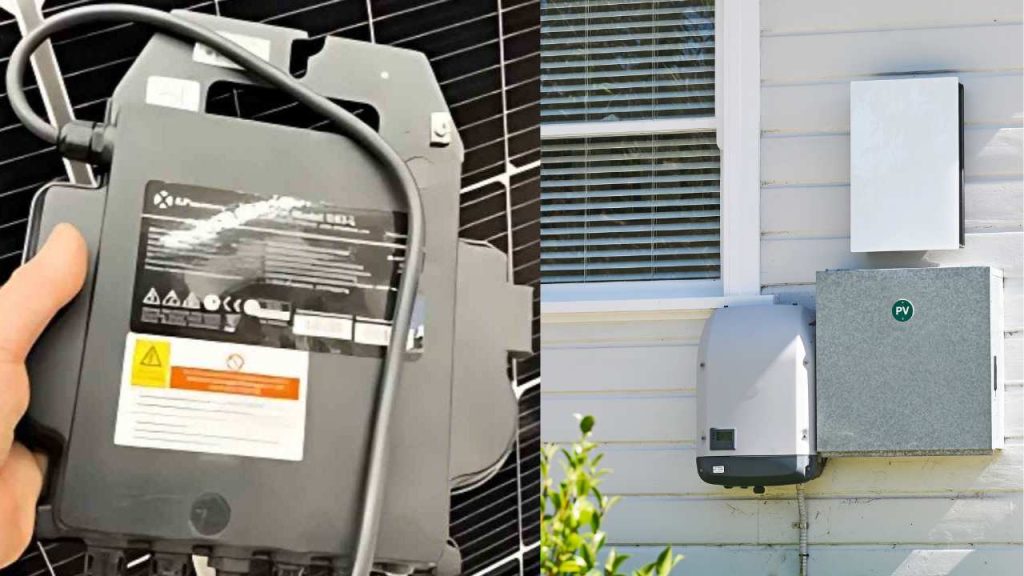Are you planning to install a solar energy system but unsure whether to choose microinverters or string inverters? With Ireland’s growing commitment to renewable energy and solar installations rising across homes and businesses, selecting the right inverter technology is essential for getting the best performance from your system.
Microinverters and string inverters both serve the critical function of converting solar energy into usable electricity. However, they differ in how they operate and how they impact the efficiency of your setup, especially under Ireland’s often cloudy and changeable weather conditions. Understanding these differences can help you avoid energy losses and future-proof your investment.
In this blog, we’ll explore what are microinverters and string inverters, compare their advantages and disadvantages, help you determine which is the better choice for Ireland’s unique climate and energy requirements.
What is a Microinverter and How Does It Work?
A microinverter is a device that transforms the conversion of sunlight into usable electricity by solar panels. Unlike traditional inverters, which manage power conversion for an entire array, microinverters are installed on each individual solar panel.
This setup means each solar panel converts sunlight into usable electricity on its own, changing DC (direct current) into AC (alternating current) right at the source. Because of this, every panel operates independently, which prevents the entire system from being affected if one panel performs poorly due to shade or debris.
Microinverters also support detailed monitoring, allowing homeowners to see how each panel is performing in real time. This enhances control, ensures consistent output, and maximises the overall performance of your solar system.
By enabling panel-level optimisation, microinverters help boost system efficiency, provide more stable output, and offer greater resilience in varied roof and weather conditions.
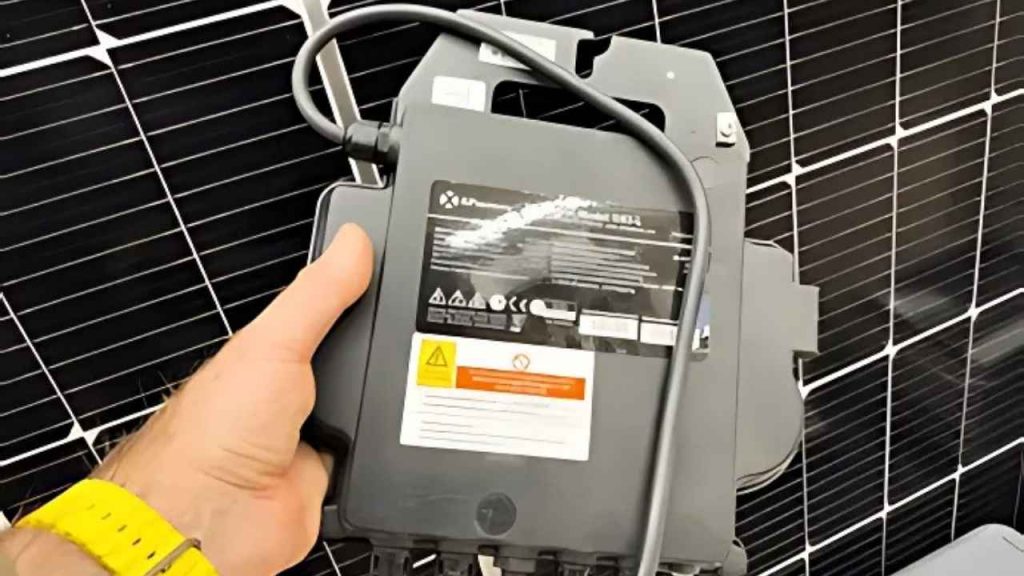
Pros
- Individual panel performance doesn’t impact others
- Built-in panel monitoring capabilities
- Easy for system expansion
- Meets rapid shut-down requirements
- 25-year warranty
Cons
- Difficult to repair
- Expensive
- More points of failure
What is a String Inverters and How Does It Work?
A string inverter is a centralised device used to convert the electricity produced by a solar panel system from direct current (DC) into alternating current (AC). Unlike microinverters, which are installed on each individual panel, a string inverter is typically installed as a single unit, usually near the main electrical panel or meter.
In this setup, the solar panels are grouped into “strings” and connected together before sending their combined DC output to the inverter. The inverter then converts that power into AC electricity for use in your home or for export to the grid.
String inverters are commonly used in systems with uniform panel orientation and little to no shading. For installations that do face occasional shade or uneven sunlight, string inverters are often combined with DC power optimisers.
These optimisers are attached to each panel to track performance and adjust voltage levels before the electricity reaches the main inverter, helping to reduce performance losses. This type of inverter is a practical and cost-effective choice for standard residential roofs with consistent exposure to sunlight and minimal complexity.
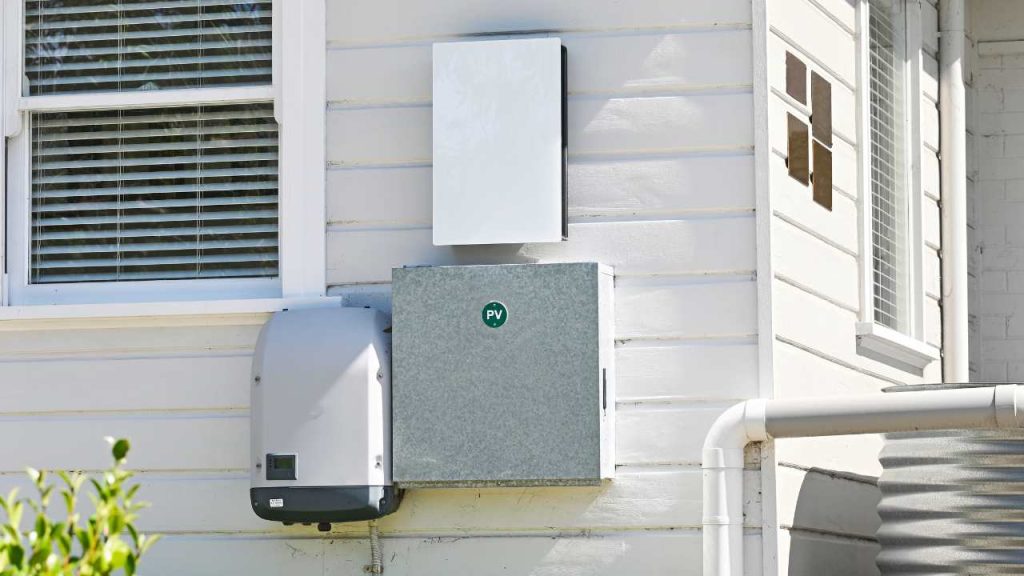
Pros
- Low cost
- Simple design
- Easy to troubleshoot
Cons
- Inverter errors impact entire solar system
- Difficult for system expansion
- Additional equipment needed for rapid shut-down requirements
- Short lifespan
Microinverter vs. String Inverters – Which Works Better in Ireland?
Choosing the right inverter technology is essential for maximising energy production and system reliability, especially in Ireland’s variable weather conditions. Both microinverters and string inverters have their strengths, but the better choice often depends on your roof design, shading levels, and long-term energy goals.
Performance in Shaded & Overcast Conditions
Ireland’s climate is known for its frequent cloud cover and shifting sunlight throughout the day. Microinverters are generally better suited for these conditions because each panel operates independently. If one panel is shaded, the rest continue producing at full capacity.
In contrast, string inverters are more affected by shading. A drop in performance on one panel can reduce output across the entire string, unless power optimisers are added to reduce this effect.
Installation Cost & Maintenance
Microinverters are mounted behind each panel. This increases hardware costs and can make repairs more complex, especially if roof access is limited. However, they offer greater resilience and flexibility in certain cases.
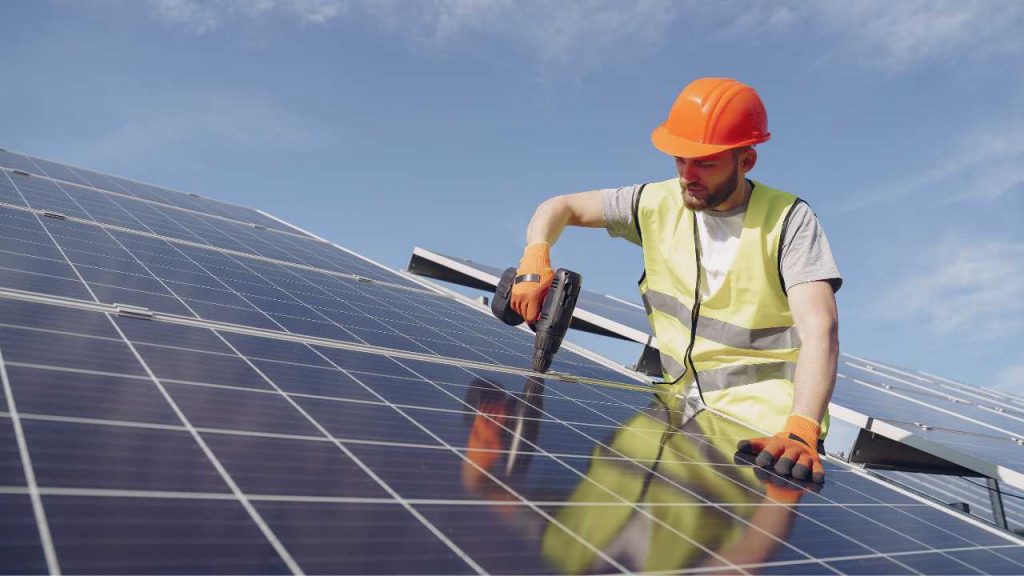
String inverters, on the other hand, are typically more affordable upfront, with fewer components to install and maintain. They’re installed in a single, accessible location, making troubleshooting and repairs easier and more cost-effective.
Roof Complexity & Panel Orientation
Homes and buildings in Ireland often have complex rooflines with varying angles and orientations. Microinverters excel in such scenarios because they allow each panel to perform based on its specific orientation and sun exposure.
String inverters work best on simple, uniform roofs where all panels face the same direction and receive equal sunlight. On complicated roof layouts, they may underperform unless paired with optimisers.
System Monitoring & Expansion
Microinverters offer detailed panel-level monitoring, allowing homeowners to track the output of each panel in real time. This makes it easier to identify performance issues and maximise efficiency.
String inverters typically monitor performance at the string level, which offers less detailed insight. However, when combined with optimisers, they can provide more advanced monitoring. System expansion is also more straightforward with microinverters, making them a good option for future-proofing your installation.
Conclusion
Choosing between microinverters and string inverters depends on your solar energy goals, roof layout, shading levels, and budget. Microinverters deliver greater efficiency in complex or shaded installations with panel-level independence and real-time monitoring. String inverters, on the other hand, are a more cost-effective choice for simple, unshaded systems and are easier to maintain with fewer components. Each system has its strengths, and understanding your specific site conditions is key to making the right choice for long-term energy efficiency in Ireland.
If you’re considering solar for your home or business and want expert advice tailored to your property, get in touch with My Power. Contact My Power today to find out which inverter system suits your needs and start your journey toward clean, reliable energy.
Frequently Asked Questions
What is the main difference between microinverters and string inverters?
Microinverters are installed on each individual solar panel and convert DC to AC directly at the panel. String inverters, on the other hand, are single units that manage power conversion for a whole group (or string) of panels. This means microinverters allow panels to work independently, while string inverters rely on the performance of the entire group.
Which type of inverter is better for shaded roofs?
Microinverters are generally better for shaded or partially shaded roofs. Since each panel works independently, shading on one panel won’t reduce the output of the entire system. With string inverters, shading on just one panel can impact the performance of all panels in that string unless optimisers are added.
Are microinverters more expensive than string inverters?
Yes, microinverters usually come with a higher upfront cost due to the need for more hardware. Each panel requires its own inverter, whereas string inverters require only one unit for the entire system. However, the extra cost can be justified in complex installations where performance matters most.
Can I expand my solar system more easily with microinverters?
Absolutely. Microinverters are modular, making it easy to add more panels to your system without replacing or upgrading the existing inverter. This flexibility makes them ideal for homeowners or businesses planning future solar expansion.
Do microinverters offer better monitoring?
Yes, microinverters typically come with panel-level monitoring, allowing you to track the performance of each solar panel individually. String inverters usually provide only system-level or string-level data, unless paired with power optimisers.
How do I choose the right inverter for my solar system?
The best inverter for your system depends on your roof layout, shading levels, budget, and performance expectations. Microinverters are ideal for complex or shaded roofs, while string inverters suit straightforward installations. For expert advice, consult a qualified solar provider like My Power, who can assess your needs and recommend the most suitable solution.

